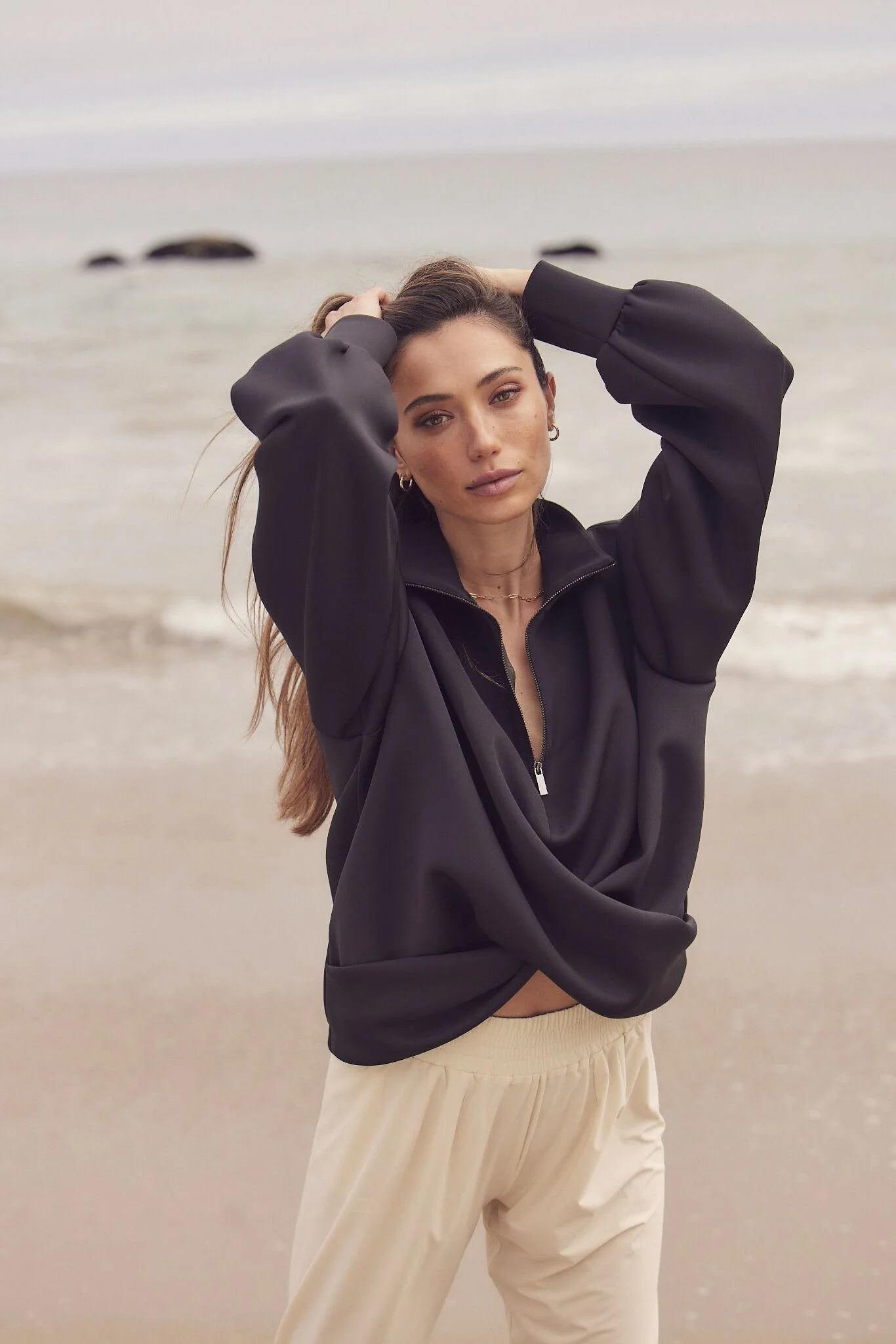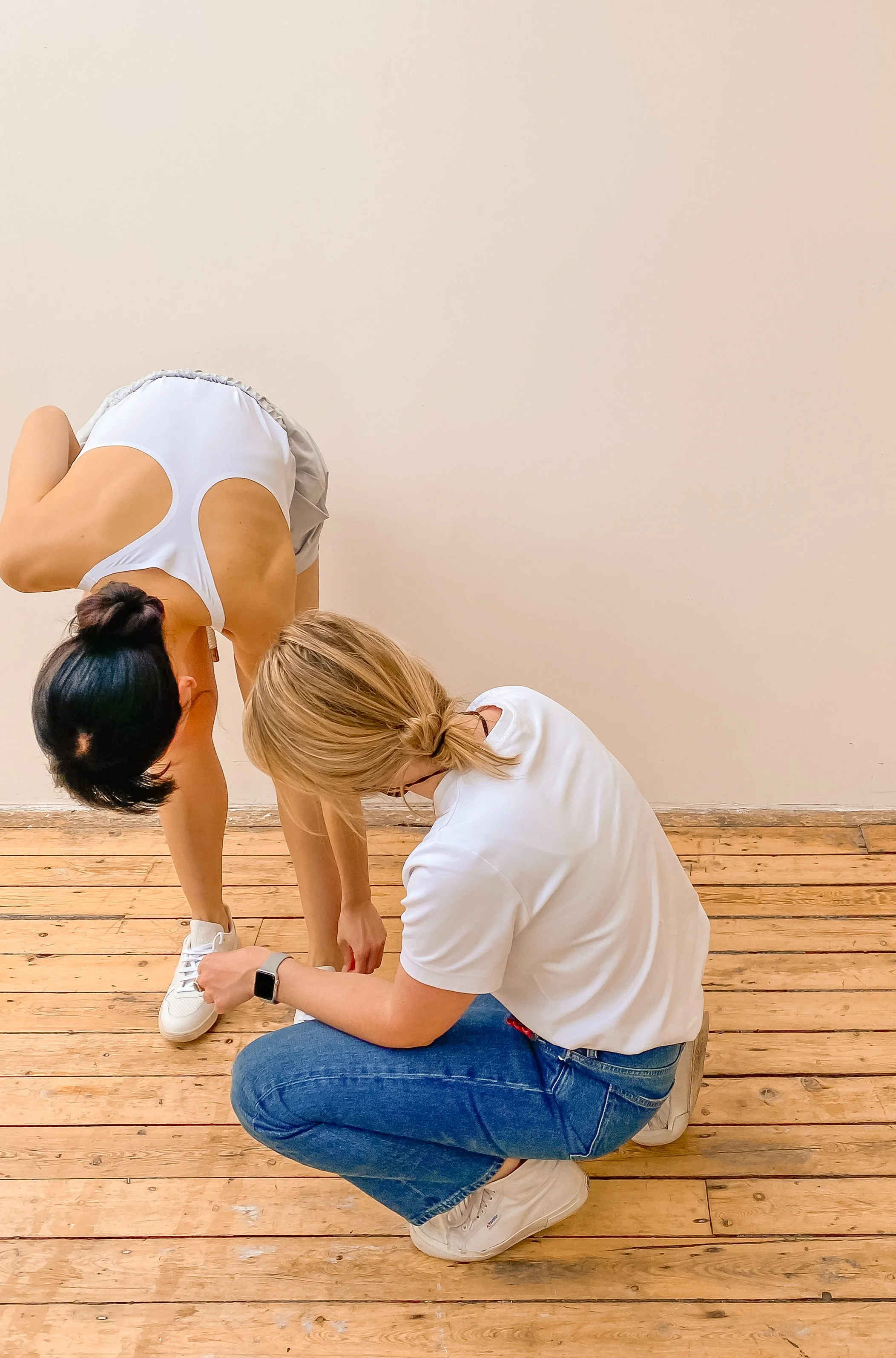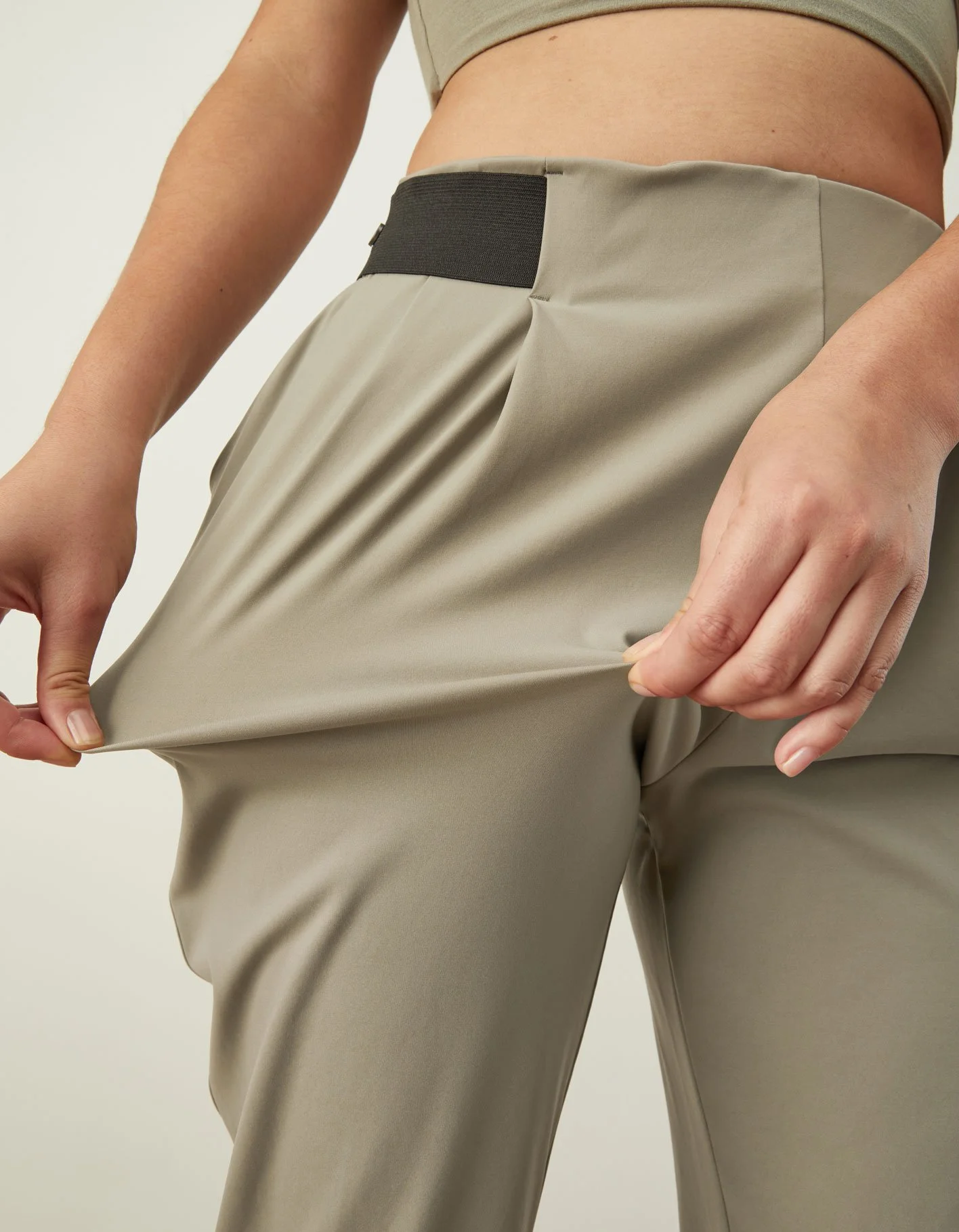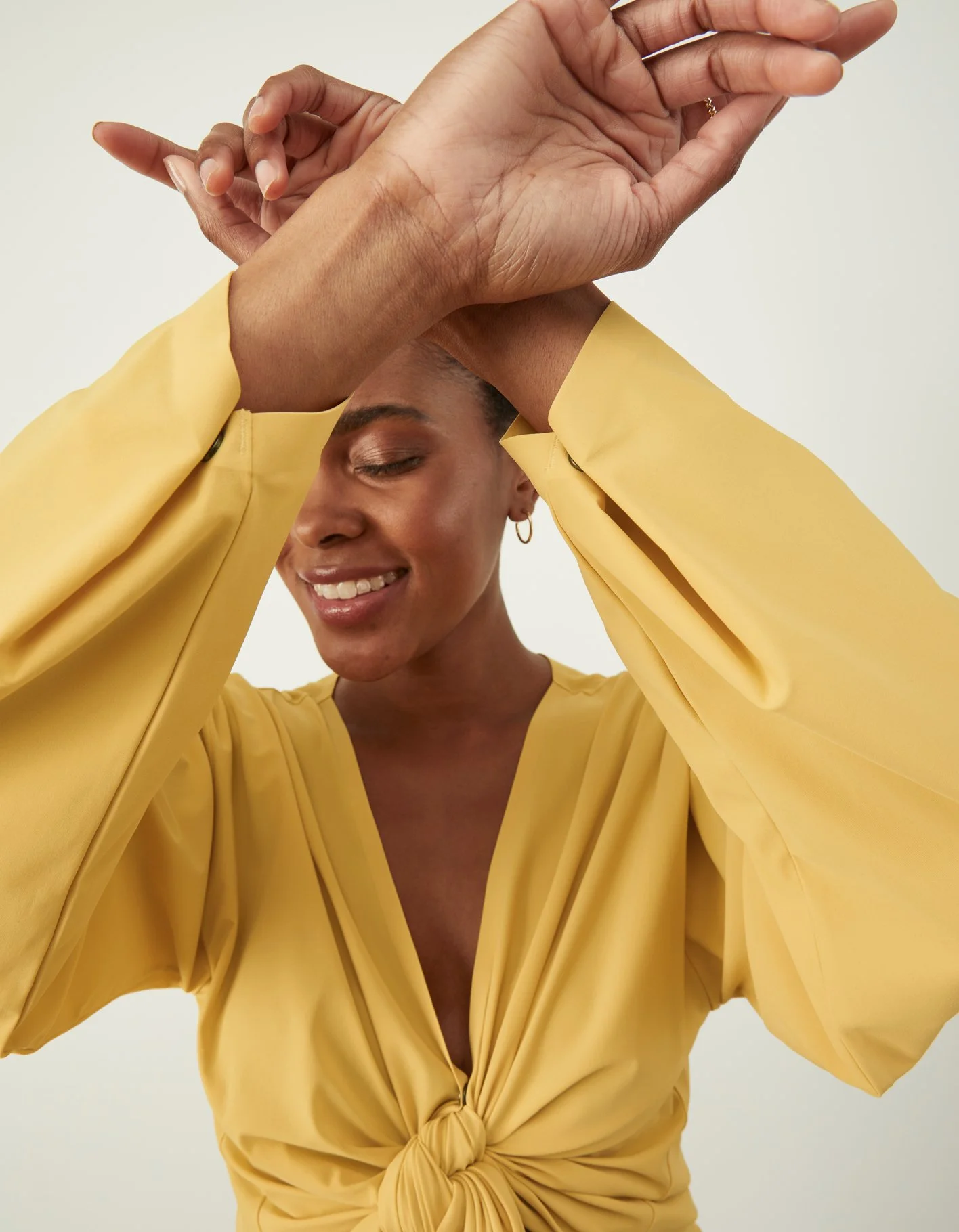SustainabilityDuring my tenure at Aday, I played a crucial role in establishing our supply chain network. A significant part of this involved selecting partners with a strong focus on sustainability, addressing aspects from recyclability and workforce training to utilising 100% renewable energy in manufacturing processes. I prioritised partnerships that not only produced high-quality, long-lasting products but also were environmentally responsible.
From 2015 to 2024, I sourced and cultivated partnerships with factories and mills committed to continuously improving their environmental footprint. I collaborated closely with a team at H&M (formerly Treadler), which introduced us to their extensive network. Through this, I worked with developers, suppliers, and factories from Other Stories, Arket, and H&M's main line, in Sweden, Portugal, Turkey, USA and China.
Low Impact Fabrics
Fabrics were a critical area where I could make a significant impact as a designer. I selected raw materials, chose our partners, and developed proprietary fabrics.
From 2021 to 2023, I made huge headway in replacing unsustainable fabric options. I eliminated seven synthetic fabrics from our range and introduced five new regenerated fabrics, one new natural fabric, and one biodegradable synthetic. In 2023, I replaced our bestselling synthetic fabric with a biodegradable version that matched its quality.
Fabric by Volume
By using volume as a metric instead of by single product I was able to make significant impact on improving the fabrics Aday bought the most of.
Using the 2020 input materials as a guide I was able to present an argument to Aday about committing to improve their core fabrications and prioritising this as a business strategy.
You can can see in 2023 despite switching 90% of our products to sustainable fabrics we had one product the bestseller, which has the highest order volume and in fact interfered with the progress. If this single product was updated Aday would eliminate all virgin synthetics from their range.
Certified B Corporation
I was a key member of our small B Corp team, where we spent two years closely vetting and gathering data on our business, supply chain, and people to demonstrate our improvements.
We achieved a B Corp score of 97, with a major focus on reducing toxins. Through my close work with mills, I discovered that the main, and sometimes only, added finish was a softener, requiring extra washing and chemical use. By asking our suppliers to eliminate this step, we not only achieved 90% of our fabrics without chemical finishes but also improved fabric pilling, reducing customer dissatisfaction and extending product lifespan.
The score of 97 aligned us closely with aspirational brands such as Ganni 90.6, Finisterre 93.2 and Eileen Fisher 89.1.






